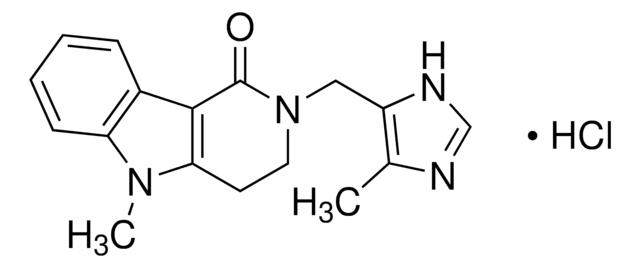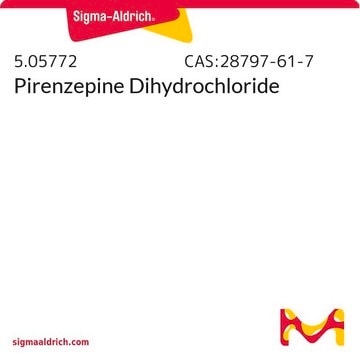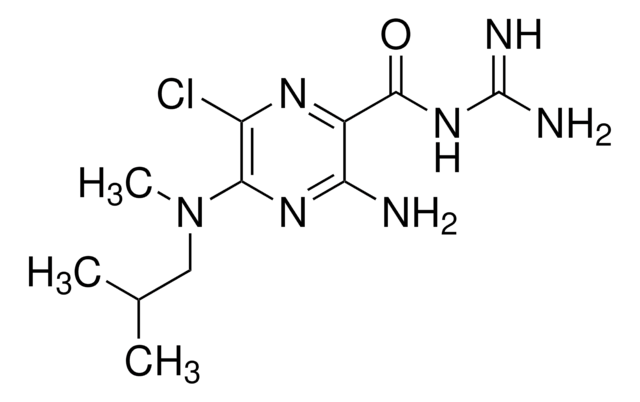This product is soluble in water, as well as aqueous buffers. Solutions are stable for up to three months in working aliquots at -20°C. Avoid repeated freeze/thaw cycles. A product datasheet is not available at this time.
SML1229
2′,3′-cGAMP sodium salt
≥98% (HPLC)
Synonym(s):
2′,5′-3′,5′-cGAMP, Cyclic [G(2′,5′)pA(3′,5′)p], cGAMP(2′-5′), c[G(2′,5′)pA(3′,5′)p] sodium salt
About This Item
Recommended Products
description
contains 0.5μmol of powder (approx. 0.335mg)
Quality Level
Assay
≥98% (HPLC)
form
powder
color
white to beige
storage temp.
−20°C
SMILES string
O=C1N=C(N)NC2=C1N=CN2[C@H](O3)[C@H](OP(OC[C@@H]4[C@@H](O5)[C@@H](O)[C@H](N6C=NC7=C6N=CN=C7N)O4)(O)=O)[C@H](O)[C@H]3COP5(O)=O
InChI
1S/C20H24N10O13P2/c21-14-8-15(24-3-23-14)29(4-25-8)18-11(32)12-7(41-18)2-39-45(36,37)43-13-10(31)6(1-38-44(34,35)42-12)40-19(13)30-5-26-9-16(30)27-20(22)28-17(9)33/h3-7,10-13,18-19,31-32H,1-2H2,(H,34,35)(H,36,37)(H2,21,23,24)(H3,22,27,28,33)/t6-,7-,10-,11-,12-,13-,18-,19-/m1/s1
InChI key
XRILCFTWUCUKJR-INFSMZHSSA-N
Application
Biochem/physiol Actions
Preparation Note
related product
Storage Class Code
11 - Combustible Solids
WGK
WGK 3
Flash Point(F)
Not applicable
Flash Point(C)
Not applicable
Choose from one of the most recent versions:
Certificates of Analysis (COA)
Don't see the Right Version?
If you require a particular version, you can look up a specific certificate by the Lot or Batch number.
Already Own This Product?
Find documentation for the products that you have recently purchased in the Document Library.
Customers Also Viewed
Articles
Bioactive small molecules for immune system signaling target identification/validation and antibiotics, antivirals, and antifungals offered.
-
Where can we find information regarding preparation of this product? What do we use to dissolve it? How do we prepare the item? Are there any instructions available?
1 answer-
Helpful?
-
Active Filters
Our team of scientists has experience in all areas of research including Life Science, Material Science, Chemical Synthesis, Chromatography, Analytical and many others.
Contact Technical Service
















